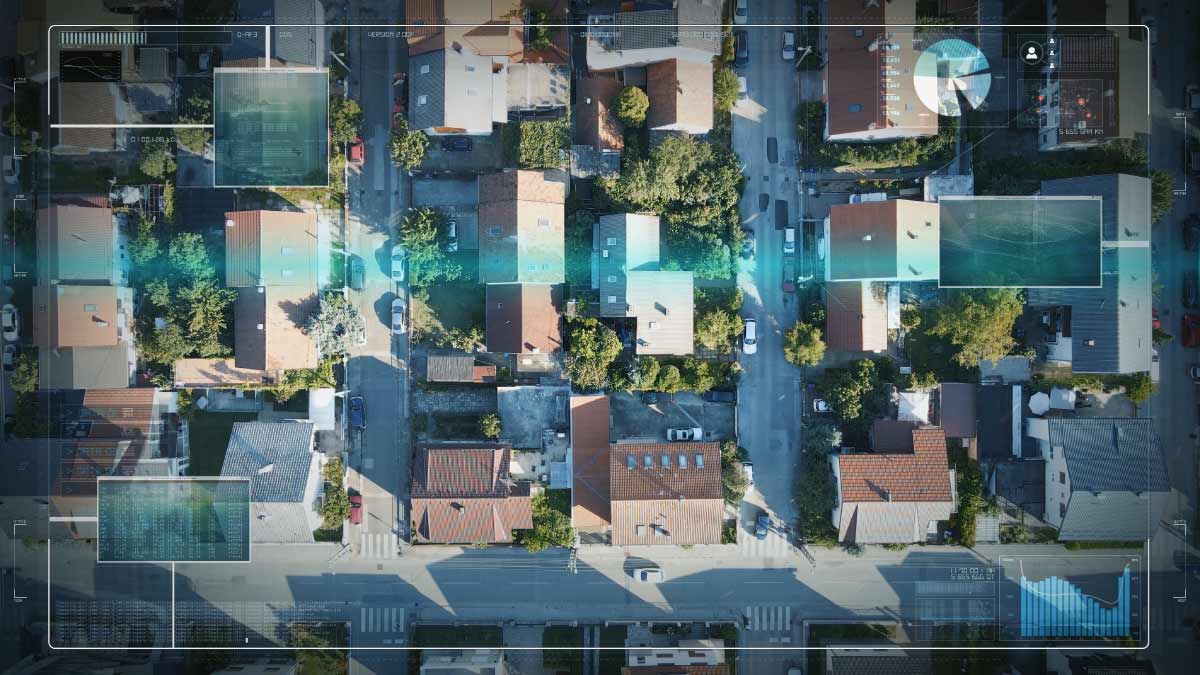Intelligence, Surveillance, and Reconnaissance (ISR) may sound like a military term, but at its core, it’s simply about collecting and sharing timely information to make better decisions. In public safety, ISR helps police, fire departments, search and rescue teams, and crowd-control units respond faster, coordinate effectively, and keep communities safe.
Haivision brings decades of experience in ISR video for military and defense operations, delivering trusted solutions that help teams act on critical information in real time. That same expertise also supports public safety organizations, providing first responders with the tools they need to protect communities effectively.
By integrating low latency video feeds, public safety teams can make real-time decisions, ensuring everyone involved sees the same information at the same time. With secure and scalable systems, sensitive video feeds remain protected through encrypted transport and role-based access, while multiple agencies can collaborate seamlessly. Centralized video walls and integrated software provide a single, unified view of all operations, giving incident commanders the situational awareness needed to reduce response times and improve outcomes for the communities they serve.
ISR for Public Safety: Real-Time Intelligence in Action
ISR video technology enables agencies like police, fire, search and rescue teams, and crowd-control units to gain situational awareness quickly, make informed decisions, and respond effectively during emergencies. By leveraging ISR video feeds from cameras on aircraft, drones, towers, vehicles, ships, and other mobile platforms, these agencies can protect civilians, manage incidents, and coordinate multiple teams in real time, ensuring that critical information is shared instantly and actions are guided by the most accurate, up-to-date intelligence.
Real-time-video applications, and when they are used
- Police Operations: Monitor city streets, active crime scenes, and traffic incidents, allowing dispatchers and officers to respond immediately.
- Fire Departments & EMS: Visualize hazards, assess fire progression, and coordinate rescues with live situational feeds.
- Search & Rescue: Track personnel and missing persons in real time, often using live drone feeds integrated into command centers.
- Crowd & Event Management: Monitor large gatherings, detect overcrowding or unsafe conditions, and coordinate resources across agencies.
Trends in Public Safety ISR Video
Public safety agencies are increasingly relying on advancements in ISR video technology to improve situational awareness and operational efficiency. One major trend is low latency video streaming, which ensures that live feeds are delivered almost instantly, giving first responders and incident commanders the ability to make real-time decisions based on the most current information. This capability is especially critical during rapidly evolving events such as active crime scenes, fires, or large public gatherings. Learn more about our real-time video encoders.
Agencies are also embracing mobile ISR capabilities. Portable, rapid-deploy video transmission units allow teams to set up video intelligence operations anywhere they are needed, whether in disaster zones, large public events, or remote locations and stream live video over any kind of network including cellular, satellite, or internet. This flexibility ensures that situational awareness is not constrained by location or infrastructure limitations. Learn more about our mobile video transmitters.
AI-driven analysis is another key development. Artificial intelligence can automatically apply object detection, classification, and tracking to enrich live video feeds with metadata and visual cues. By analyzing information in real time, AI reduces the workload on operators, allowing them to focus on response actions while improving the speed and accuracy of decision-making. Learn more about our video transcoder.
ISR video integration within command centers continues to grow in importance. Modern public safety operations centralize multiple video and sensor feeds, including drones, satellites, CCTV, and field sensors into a single unified view. This approach provides incident commanders with a comprehensive understanding of situations, supporting faster coordination and more effective deployment of resources. Learn more about our video wall solution in operation and command centers.
Finally, cybersecurity remains a top priority. Encrypted transport, role-based access, and scalable systems protect sensitive feeds while allowing secure collaboration between multiple agencies. These safeguards ensure that critical information is delivered reliably to the right people when it is needed most.
The Impact of ISR Video on Public Safety
ISR video technology is revolutionizing public safety by providing timely, actionable intelligence that improves coordination and response outcomes. Low latency video, AI-driven analysis, centralized command centers, mobile units, and strong cybersecurity measures work together to give agencies a complete understanding of incidents. By leveraging these tools, police, fire departments, search and rescue teams, and crowd-control units can respond faster, make more informed decisions, and keep communities safer.
Explore Haivision's ISR Solutions
Explore our cutting-edge intelligence, surveillance, reconnaissance video solutions for public safety organizations.


